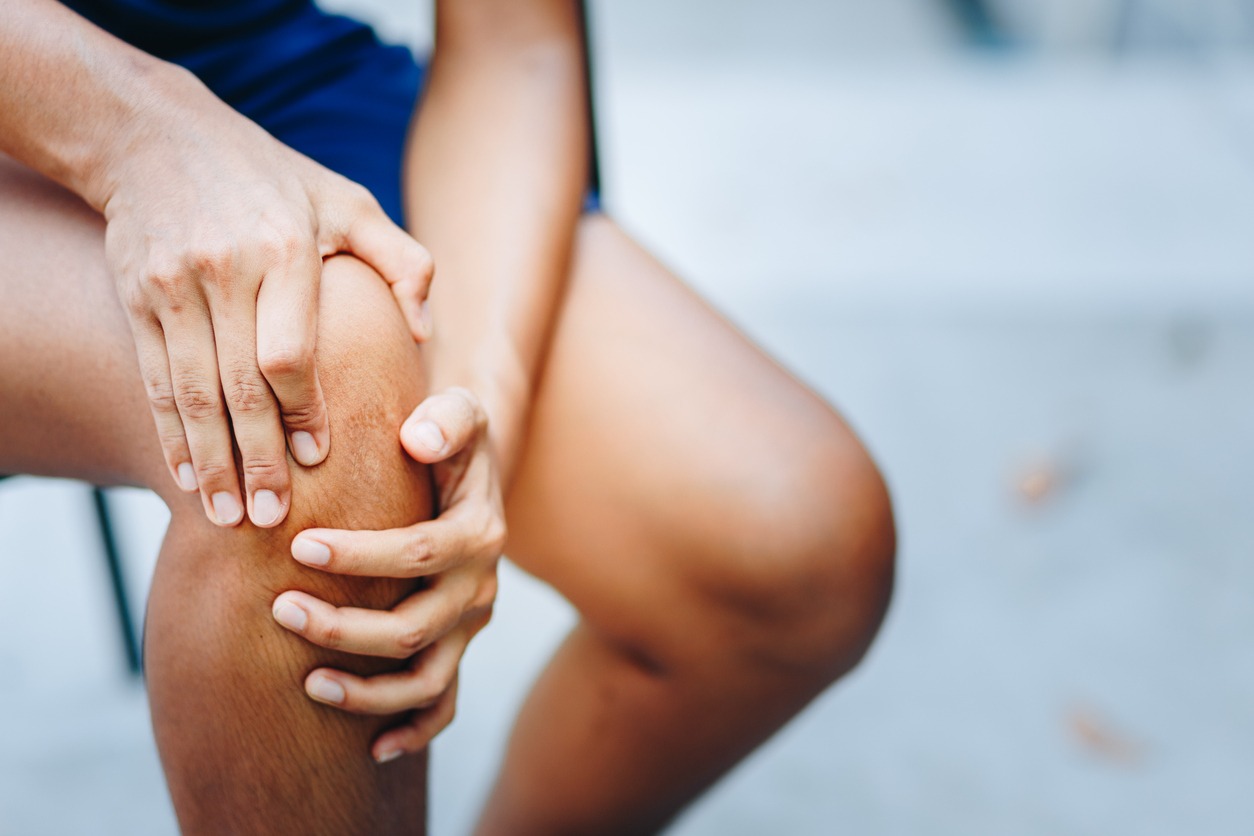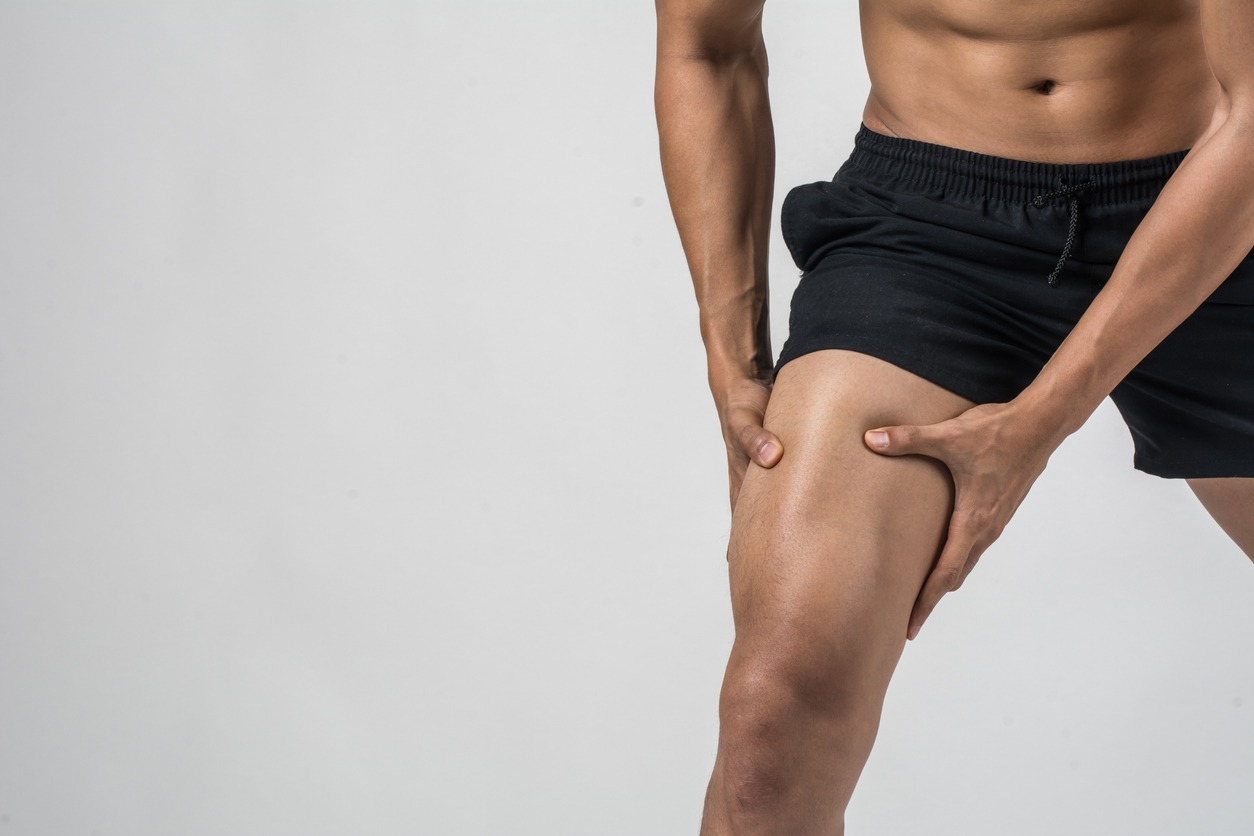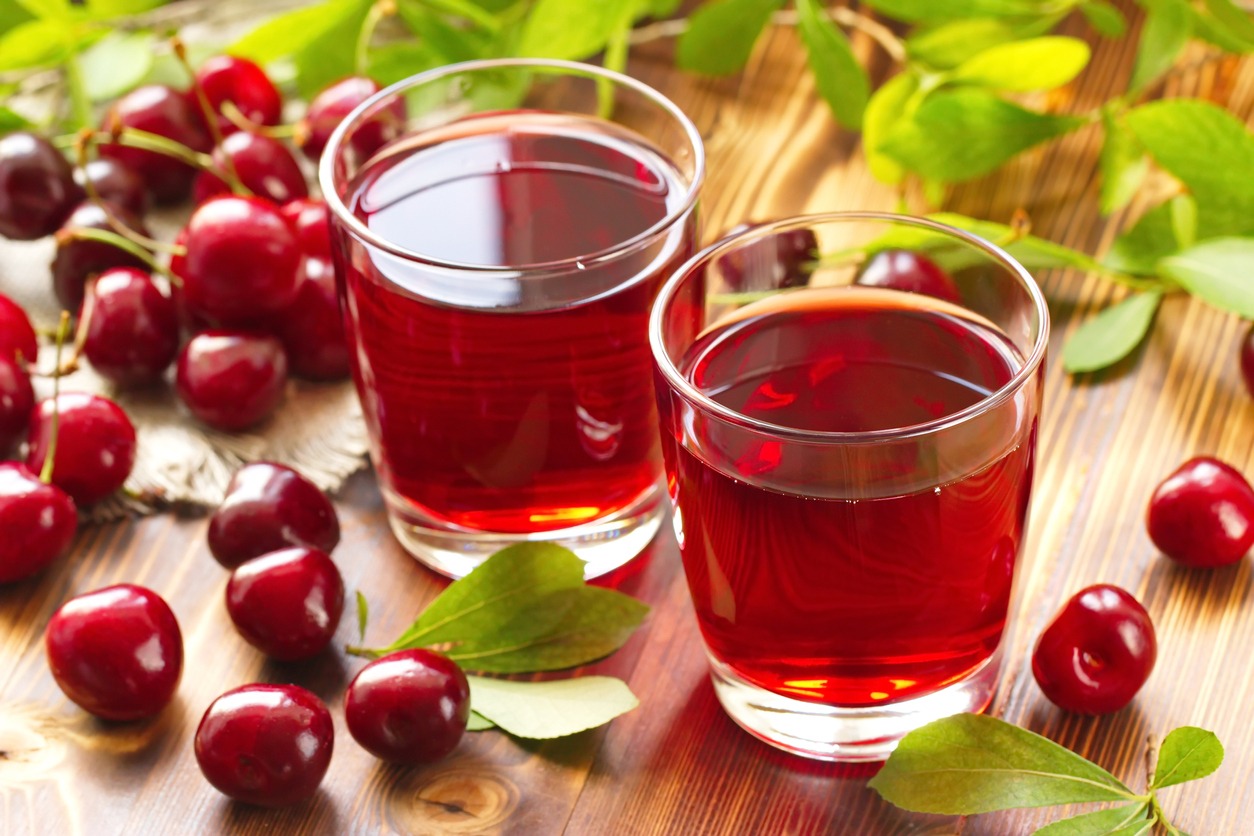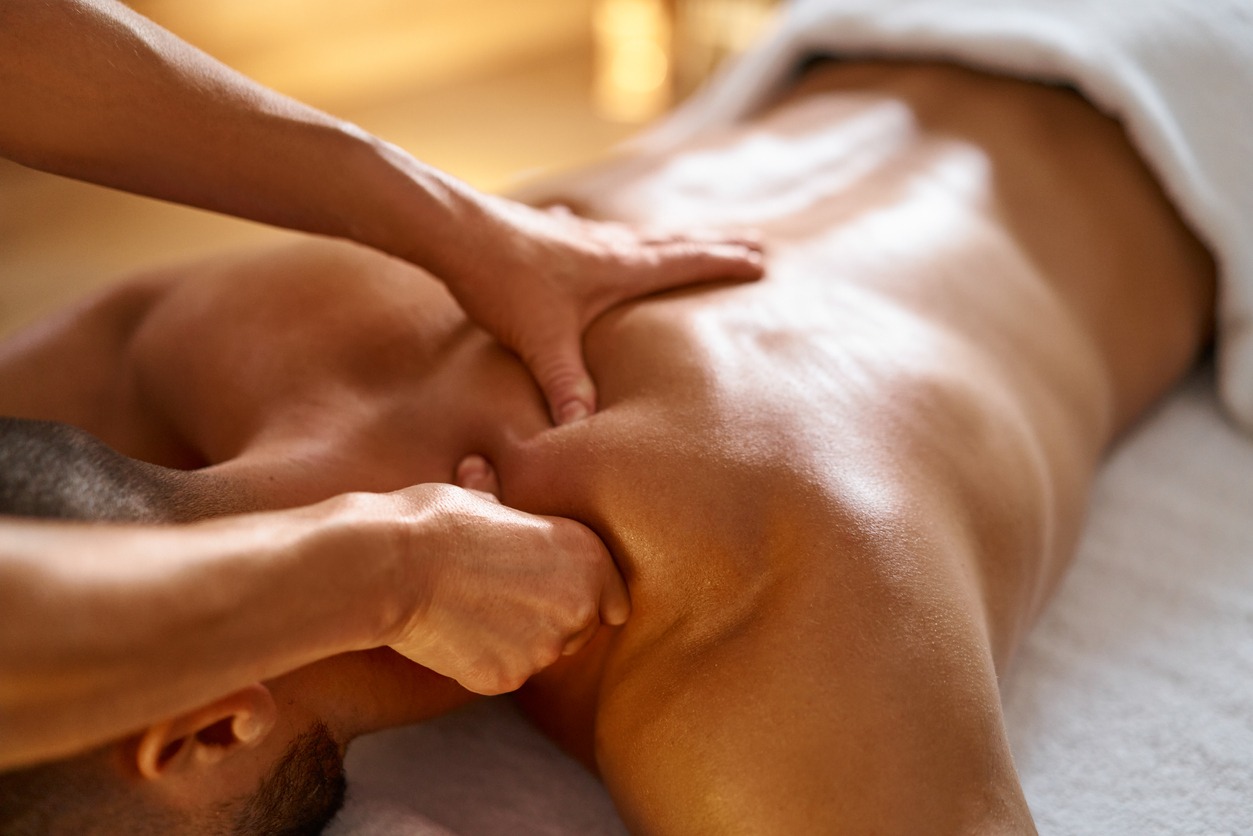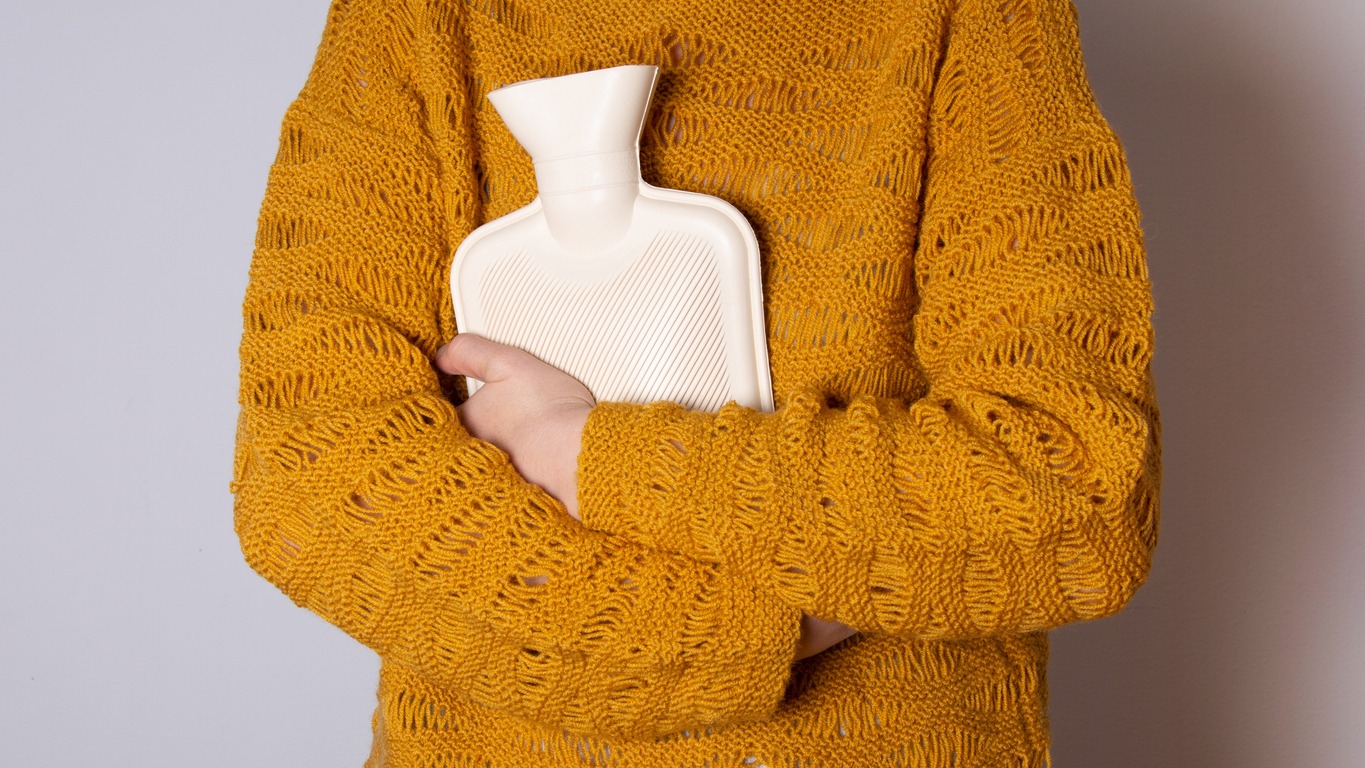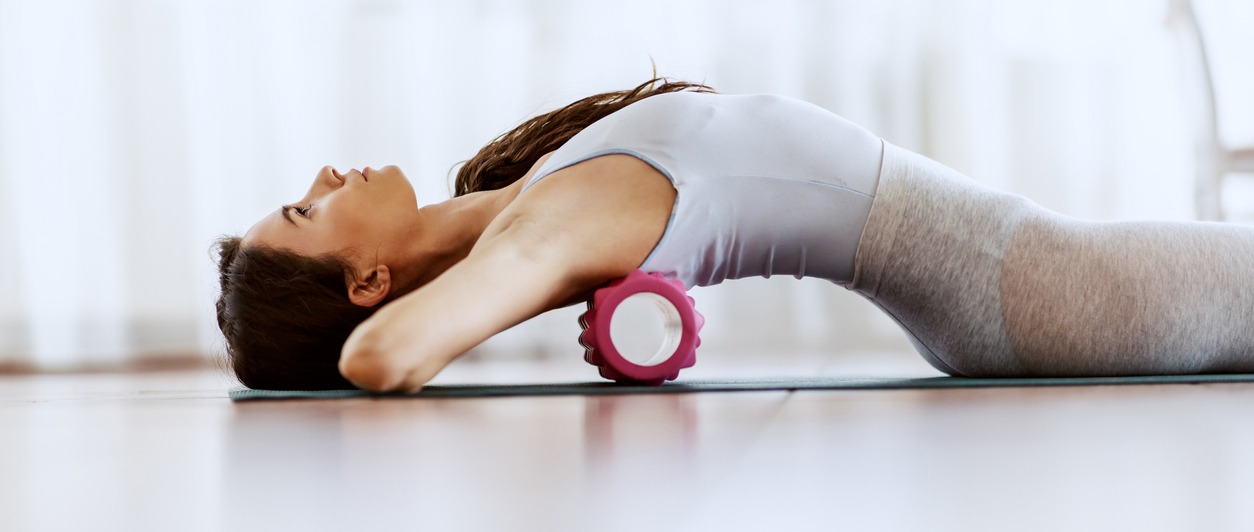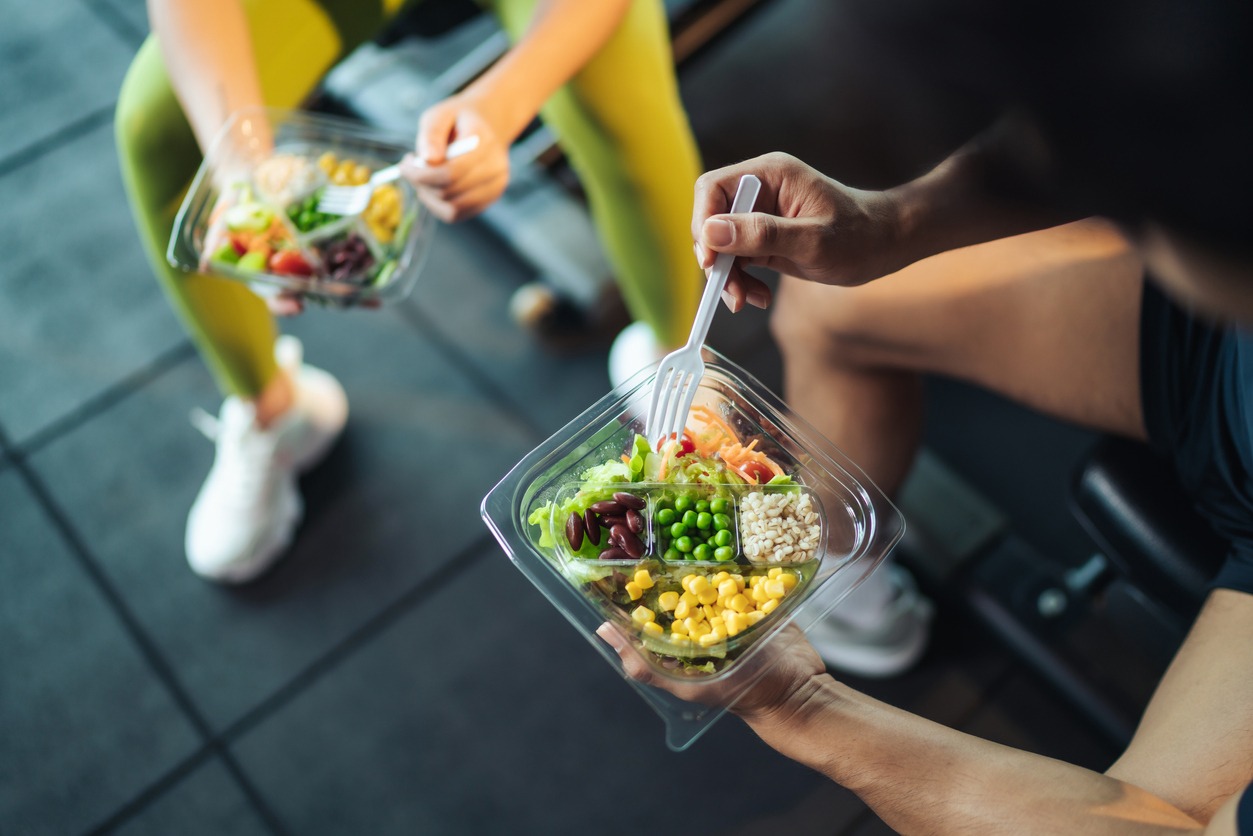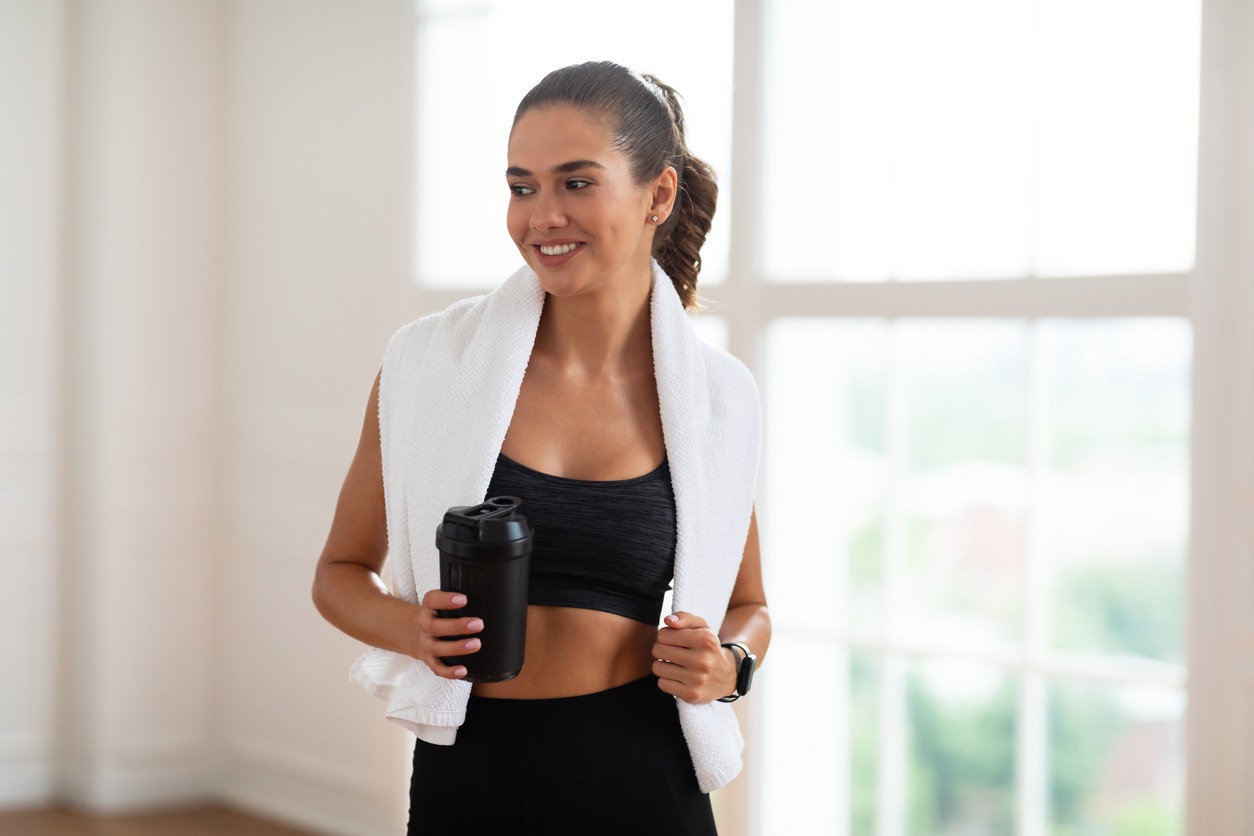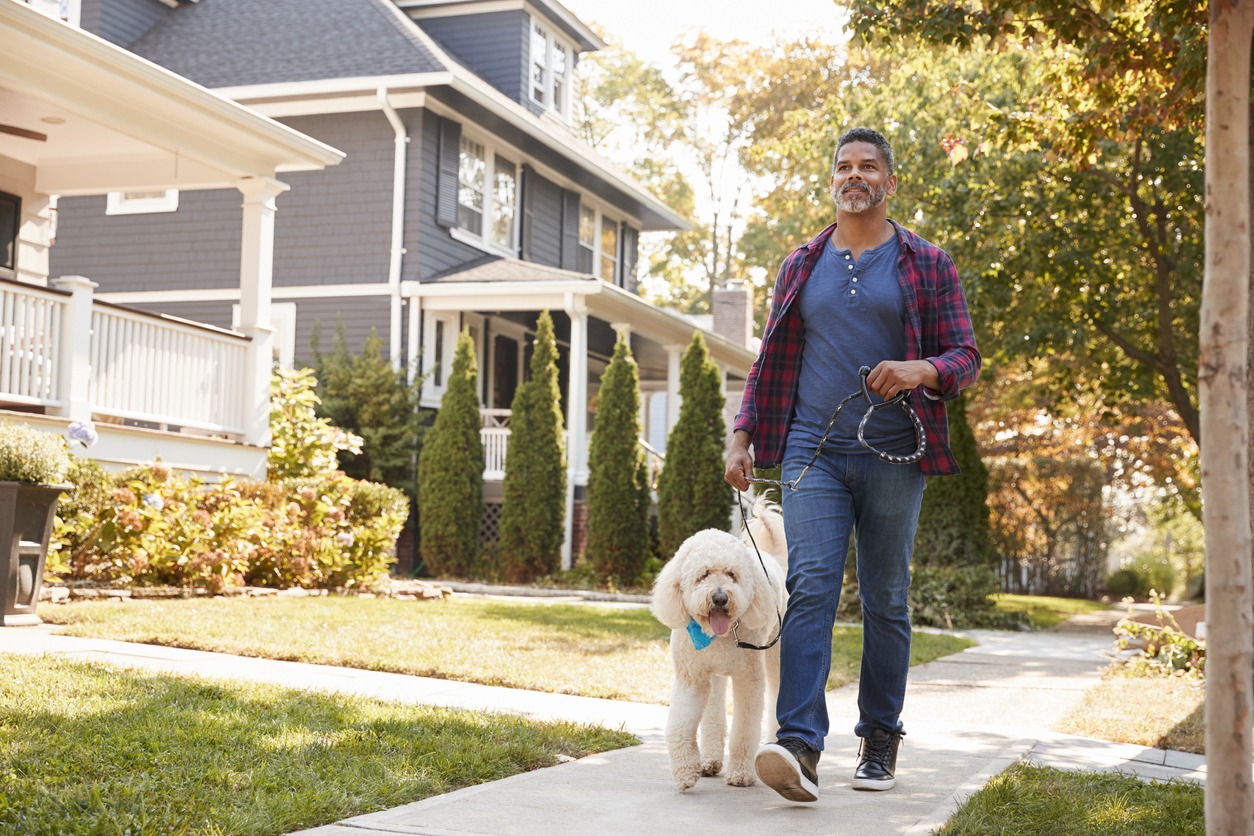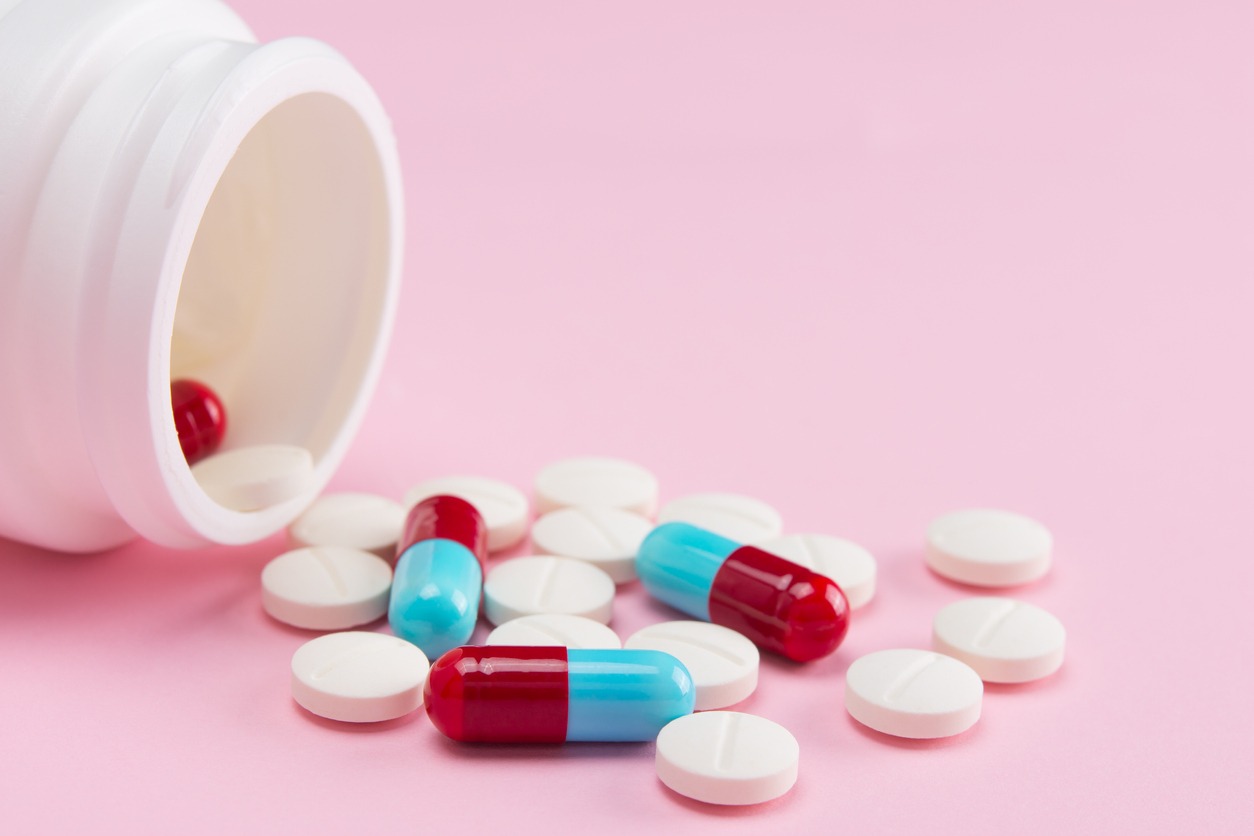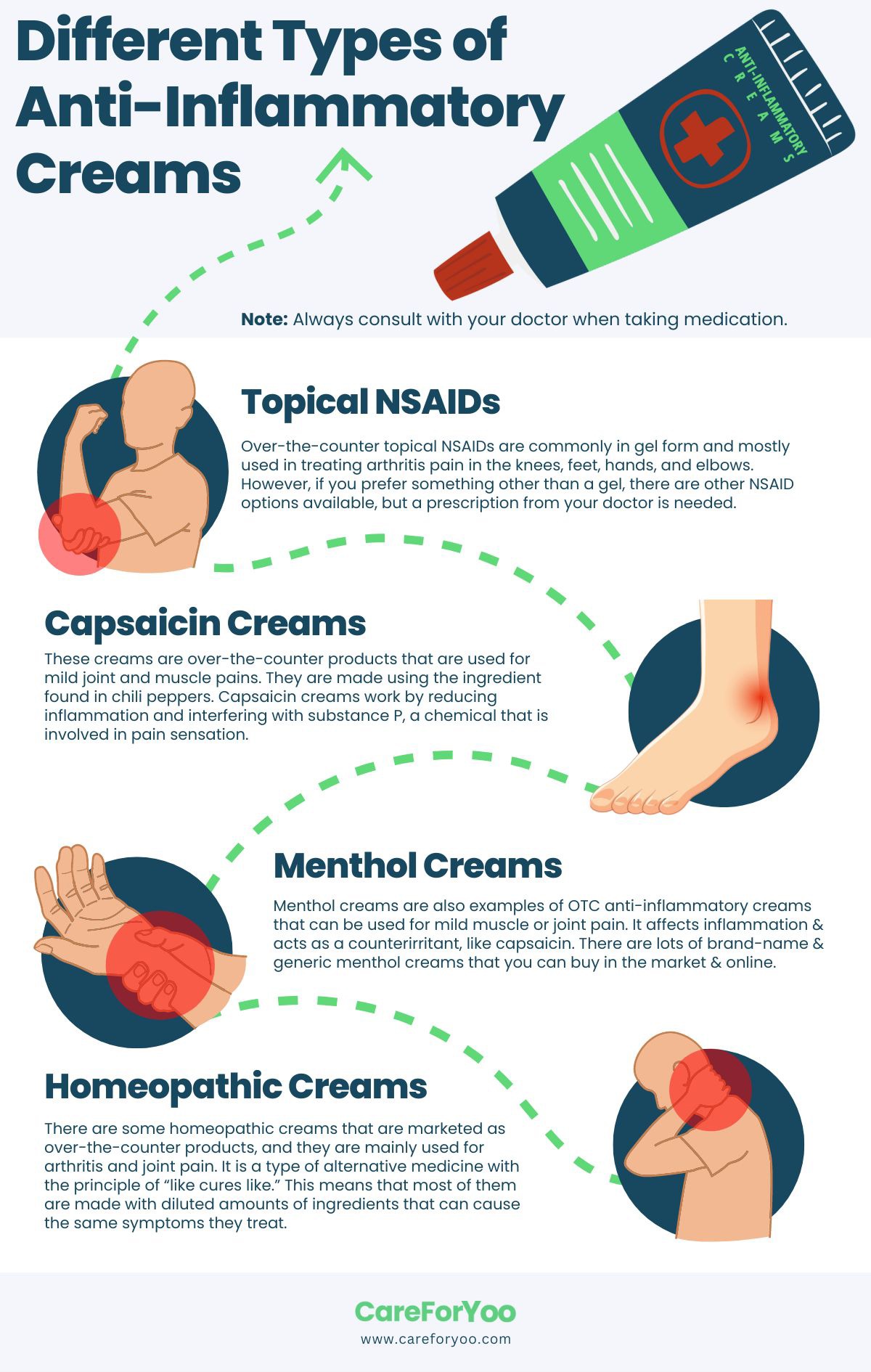Anyone who’s active and is trying to be involved will experience sore muscles at some point. For fitness buffs, sore muscles are even worn like a badge of honor – it’s a sign that they really pushed themselves and worked hard at the gym or in their sport. Then, significant muscle soreness appears 24-28 hours after the exercise, referred to as delayed onset muscle soreness (DOMS), which can really be a pain.
Clearly, it’s not a comfortable thing to experience, and it’s hard to deal with it when you have work to do, especially if you’re back to the office on a busy Monday after working out hard on a Saturday. But don’t stress – there are options to help you recover quicker and get you back to normal.
What Causes Muscle Soreness After a Workout?
Muscle soreness, known as delayed-onset muscle soreness (DOMS), is the body’s response to physical stress caused by exercise. It can occur in experienced athletes and beginners, but it is more common in people new to exercise or who have taken a long break. Engaging in new, intense, or repetitive exercise can result in tiny tears in your muscle fibers. This micro-trauma triggers inflammation as your muscles recover and adapt to the new stress, leading to muscle soreness.
While this process helps build muscle mass, it is also believed to be responsible for post-workout muscle aches. DOMS usually begins 12 to 24 hours after exercise, with the worst pain occurring around 48 to 72 hours after your workout. In addition to muscle pain, DOMS can also cause muscle swelling, tenderness, and stiffness, but it typically subsides in 5 to 7 days. To reduce muscle soreness, it’s recommended to ease into a new exercise program and gradually increase intensity and duration, allowing your muscles time to adapt.
Soreness is a natural part of working out, but it can lead to injury without the right guidance. This is why it’s essential to listen to your body.
How to Reduce Muscle Soreness
Here are some ways to help relieve muscle soreness and speed up recovery so you can feel normal again:
Perform an active recovery workout
A day after your intense workout, you may be tempted to cling to the sofa and chill all day – after all, you worked hard yesterday. Why work out now? But the truth is, moving your body can make you feel better. The trick is to do something gentle and light and avoid doing another intense workout using the same muscle groups.
Performing lower-intensity exercises is highly recommended as it helps prepare your muscles for recovery. According to a 2012 study, performing a 20-minute bout of low- or moderate-intensity cycling after a DOMS-inducing strength workout can offer pain reduction and a strength boost. This is believed to be due to improved blood flow, which helps reduce blood lactate – a metabolic byproduct responsible for muscle soreness.
On an effort scale of 0 to 10, where 10 means maximum intensity, aim for a workout that requires level 3. You will want to get your blood moving to the sore muscles to deliver the nutrients and oxygen needed for repair without causing further damage.
Drink tart cherry juice
Tart cherry juice is rich in antioxidants and anti-inflammatory compounds, which can help in muscle recovery. According to a 2020 study, long-distance runners who drank tart cherry juice for eight days experienced reduced muscle pain. However, it is crucial to be mindful of the sugar content present in the tart cherry extract.
Another research has shown that consuming tart cherry juice before and after a marathon can help reduce muscle soreness and improve muscle recovery and function. This is because tart cherries are rich in anthocyanins, which are antioxidant compounds that can decrease inflammation.
To incorporate tart cherries into your diet, you can consume them directly or in juice form a couple of times a week, along with a balanced and nutrient-rich diet. However, if you are training for a marathon, consuming tart cherry juice once a day may be more beneficial. If you don’t like cherries, red raspberries are also a good alternative.
Get a massage
Being sore due to exercise is a good excuse for a pampering me-time at the spa. According to a 2012 study, a post-workout massage can significantly reduce pain by decreasing cytokine release, which causes inflammation, and stimulating mitochondria in cells to promote repair and function. Although there is limited scientific evidence for the physiological benefits of massage, it is a popular recovery technique among athletes because it can feel good and offer a chance to relax and check in with the body during downtime.
A gentle massage, such as a Swedish massage, is better for recovery than a deep-tissue massage and can relieve muscle tension, improve blood flow, and increase joint range of motion. Tender-point acupressure can also be effective when a massage therapist applies pressure to tender areas.
A 2014 study found that a post-workout massage can reduce pain, while regular massages can increase the body’s ability to fight off delayed onset muscle soreness (DOMS) and improve muscle recovery. Additionally, massaged muscles contain more blood vessels and less scar tissue than non-massaged muscles. Schedule a sports massage directly after your workout to promote tissue regeneration and reduce fibrosis.
Apply heat
Before, an ice bath was the recommended way to recover from a long run, but experts say it’s best to skip cold therapy and opt for a warm and comforting approach to muscle recovery. Use heating pads – these things can help increase blood flow by opening up blood vessels, which can help remove inflammation and byproducts related to muscle soreness from the muscles.
Additionally, heating pads can feel good and provide relaxation time for recovery. Remember to avoid direct contact with any heating device to prevent burns and further inflammation. Heat can stimulate blood flow and ease tightness if your muscles are still sore after 48 hours.
Alternating heat and ice can also be effective in reducing inflammation and swelling. After a warm shower, you can use an ice pack and a heating pad on a specific sore spot.
Use a foam roller
A foam roller is a classic for a reason. If used when the muscles are sore, it can make grown men cry, but it helps repair the muscles. Experts suggest using a foam roller for muscle recovery, as it can help decrease swelling and enhance tissue healing.
Foam rolling is a self-myofascial release (SMR) technique, which can move fluids that accumulate in the muscle after exercise and increase the range of motion. Foam rolling and other types of massage increase circulation, delivering more nutrients and oxygen to the affected area, which helps reduce swelling and tenderness. A recent study shows that 20 minutes of foam rolling on a high-density foam roller after exercise and 24 hours after can minimize muscle tenderness and decrease the impact on one’s movements. If you’re new to foam rolling, start with a softer version, as firmer foam rollers can be intense.
Use massage tools
If you’re looking for a more affordable alternative to weekly massages, using massage tools can be the answer for your sore muscle problem. You can use massage guns, massage balls, or massage sticks.
Massage gun
These handheld devices, or percussive massage or vibration therapy devices, are designed to help with post-workout muscle recovery. By delivering rapid vibrations to your muscles, they can promote blood flow to the area, and many models come with attachments to better target different muscle groups.
While there are few studies specifically on the effectiveness of massage guns, the combination of conventional massage and vibration therapy has been shown to help prevent delayed onset muscle soreness (DOMS). When using a massage gun, start with a lightly sweeping motion over the muscle, increasing pressure as tolerated. Be careful not to spend too long on one spot, as this can irritate the muscle.
It’s important to note that while percussive therapy can be helpful, it can also lead to further injury if overused or used in the setting of a serious injury. Use your massage gun in moderation and stop if you experience pain or discomfort.
Massage ball
Using a massage ball can effectively reduce muscle soreness and improve recovery after a workout. Massage balls, also known as lacrosse balls or mobility balls, are small, dense balls that can be used to apply targeted pressure to sore or tight muscles.
To use a massage ball, simply place it on the area of the body that is sore or tight and apply pressure using your body weight. Roll the ball around or hold it in place for a few seconds, focusing on any particularly sore or tight spots. You can also use the ball against a wall or on the floor to apply pressure to different areas of the body.
Massage balls are particularly useful for targeting hard-to-reach areas of the body, such as the glutes, hips, and lower back. They can also be used to target specific muscle groups that may be particularly sore or tight after a workout.
Massage stick
Often shaped like a large cane with rounded tips, massage sticks are great for reaching muscles on the back and shoulders. Other variations are straight, with rollers that can be used on the legs. It allows for more targeted pressure than a foam roller or massage ball.
Start with light pressure and gradually increase the intensity as needed when using a massage stick. Roll the stick over the sore or tight areas of the body, using long, slow strokes. If you find a particularly tender spot, hold the stick in place for a few seconds and apply steady pressure until the tension begins to release.
Sleep and rest
Getting enough sleep is crucial for keeping anyone healthy but is also one of the most essential elements in muscle recovery and reducing soreness. While there may not be a direct scientific link between sleep and post-exercise recovery, it is clear that a lack of sleep can contribute to higher levels of inflammation, which can cause muscle soreness. Although sleep involves many physiological functions that are not always easy to define, studies show that non-rapid eye movement (NREM) sleep can increase protein synthesis, which is necessary to repair damaged muscles.
Therefore, it’s important to prioritize sleep and aim to get at least seven hours of sleep per night. Pro athletes often prioritize sleep and take naps during the day to aid their recovery. During sleep, the body relaxes, clears chemical waste, repairs damaged tissue, and decreases pain sensitivity. So, getting enough sleep is crucial in allowing your body to repair and recover effectively.
In addition to sleep, taking rest days is also essential for recovery. Rest days give your body a chance to repair and replenish energy. After intense workouts, the second day can be the toughest, and it’s recommended to engage in light exercise on the following day and take a complete rest day after that.
Eat healthy foods after an intense workout
Consuming protein and antioxidants can aid in the recovery process after exercise. This is why protein shakes and fresh berry smoothies are popular among fitness enthusiasts.
Research indicates that protein assists in restoring muscle function, while antioxidants further boost recovery. To help your muscles recover faster after a strenuous workout, consume foods high in protein, such as chicken or fish, and antioxidant-rich options, like pomegranates and kale, in the hours following exercise. To accelerate recovery, aim to eat 20 to 40 grams of protein and carbs within 30 minutes of completing an intense or extended workout, along with a healthy meal plan that includes fruits, vegetables, and legumes.
Here are some other foods you may want to incorporate into your post-workout meal or snack:
- Tart cherry juice – As mentioned earlier, tart cherries can help reduce muscle pain and inflammation, but watch out for high amounts of added sugar.
- Green tea – Consuming green tea can be beneficial due to its high antioxidant content, which can help reduce muscle and cell damage, and its ability to promote hydration.
- Turmeric – Incorporating turmeric into your diet can help reduce muscle damage as it has anti-inflammatory properties.
- Cottage cheese – Whey and casein protein found in cottage cheese can help replenish muscle protein quickly and continuously.
- Nuts and seeds – Nuts and seeds are a great source of protein to prevent muscle breakdown and also contain omega-3 fatty acids that combat inflammation.
- Sweet potatoes – Sweet potatoes are a nutrient-rich complex carbohydrate that can replenish muscle glycogen stores.
Drink coffee
Studies have shown that consuming caffeine before a workout can help reduce muscle soreness and fatigue. A study published in the Journal of Pain found that this strategy resulted in a 48 percent decrease in DOMS for participants. Additionally, caffeine has pain-killing properties, which is why it is a common ingredient in over-the-counter pain medications.
To try this method, drink two cups of coffee (the amount used in the Journal of Pain study) an hour before a challenging workout. Interestingly, another research in 2014 suggests that coffee is as hydrating as water. It’s essential to stay hydrated during workouts to avoid exacerbating DOMS symptoms.
Keep moving
Moving your body, even gently, can help you feel better and speed up recovery. Swimming, cycling, light cardio, stretching, and yoga are excellent activities for active recovery. These activities increase blood flow, remove chemical waste, and help your body adapt to training. You can choose to simply walk by your neighborhood or do household chores just to keep the body moving.
While stretching is often suggested for muscle soreness, it may offer more of a placebo effect, and the focus should instead be on a proper dynamic warm-up and cool-down.
Be careful with NSAIDs
As for over-the-counter painkillers, it’s best to stay clear of them for most situations. Remember, muscle soreness is normal, and sometimes, popping a painkiller may hinder important parts of the muscle-rebuilding process. Non-steroidal anti-inflammatory drugs (NSAIDs) like Advil (ibuprofen) and Aleve (naproxen) can alleviate the pain associated with muscle soreness, but they may also prevent muscles from growing stronger.
A small study published in 2017 showed that taking the maximum dosage of over-the-counter ibuprofen stalled progress during a resistance training program to build muscle and strength in young adults.
It’s important to have a coach who can assess your level of soreness and provide feedback on how your body should respond to training, and always consult a healthcare professional before taking any over-the-counter medication to ensure safety and appropriateness. If muscle soreness persists for more than a week, if you experience sharp pain instead of dull achiness, or if you can’t perform daily tasks for an extended period of time, seek medical advice.
If you want to alleviate your pain with NSAIDs, you may be better off with topical treatments and anti-inflammatory creams, such as:
When Should You Call Your Doctor About Soreness?
Muscle soreness doesn’t usually require medical attention – you just need to follow the tips mentioned above to relieve it sooner. But you should see a healthcare provider if:
- Your muscle soreness is persistent and lasts more than a week
- Your pain is severe and debilitating, which prevents you from moving
- Your pain gets worse with exercise
- You lose range of motion due to severe swelling
- Your pain causes dizziness or trouble breathing
- You feel pain in the joints, tendons, or over the bones
- You notice swelling, redness, or warmth in the sore muscles
- You experience less frequent urination, or your urine is dark
Conclusion
Although inflamed and torn muscles may sound alarming, some degree of inflammation can actually be a helpful signal for muscle growth and repair. However, it is vital to get it under control as quickly as possible to avoid chronic diseases. Helping your muscles recover from the damage can lead to them growing back stronger and bigger.
It is normal to want the soreness to go away so you can move and live pain-free, but keep in mind that being sore after a workout is not necessary for it to be effective. Creating soreness-inducing damage every time you exercise should not be the goal, as you can still have a good workout without experiencing soreness.

